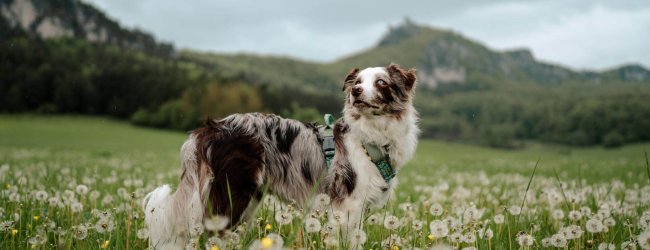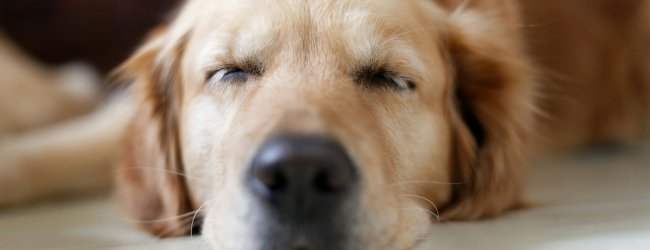Low Maintenance Dogs: 10 Chill Dog Breeds For Busy Folks
Low maintenance dogs are perfect for busy dog parents or if you live in an apartment. So here are 10 of the best we've gathered - and how to keep them happy & healthy.
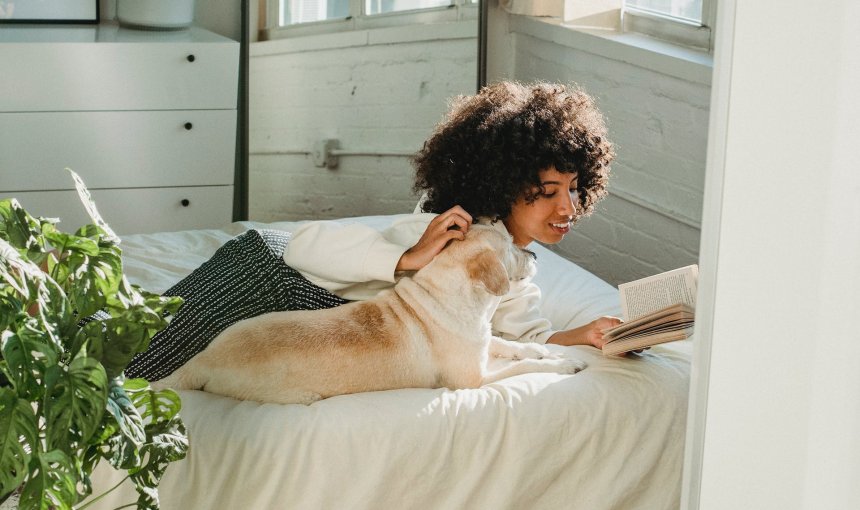
You’ve heard of active, high-energy dog breeds, or dogs that are built for running, or dog sports like canicross and bikejoering. But what about chill dog breeds? Aka, low maintenance dogs for busy dog parents just like you. Who don’t mind getting a bit more couch time than others and are the perfect companion for those cold winter evenings indoors.
So we’ve gathered some of the best low maintenance dogs (including low maintenance small dogs) for dog parents who are busy, live in an apartment, or just need a bit more of a home-buddy. Let’s get started.

Find out how your dog spends their time.
Read more10 best low maintenance dogs
Before we dive in, let’s clarify: low maintenance doesn’t mean no maintenance! Even these chill dog breeds might have specific challenges to keep an eye out for, if you want to be a responsible dog parent. We’ll cover each of these under the ones we mention here.
So let’s start with…
Greyhounds
Boom – surprise! You wouldn’t be the first to think of Greyhounds as anything BUT one of the least chill dog breeds. But turns out, they’re actually way calmer and easier to manage than you might expect. With their easygoing temperaments, vets describe them as docile and easy to care for.
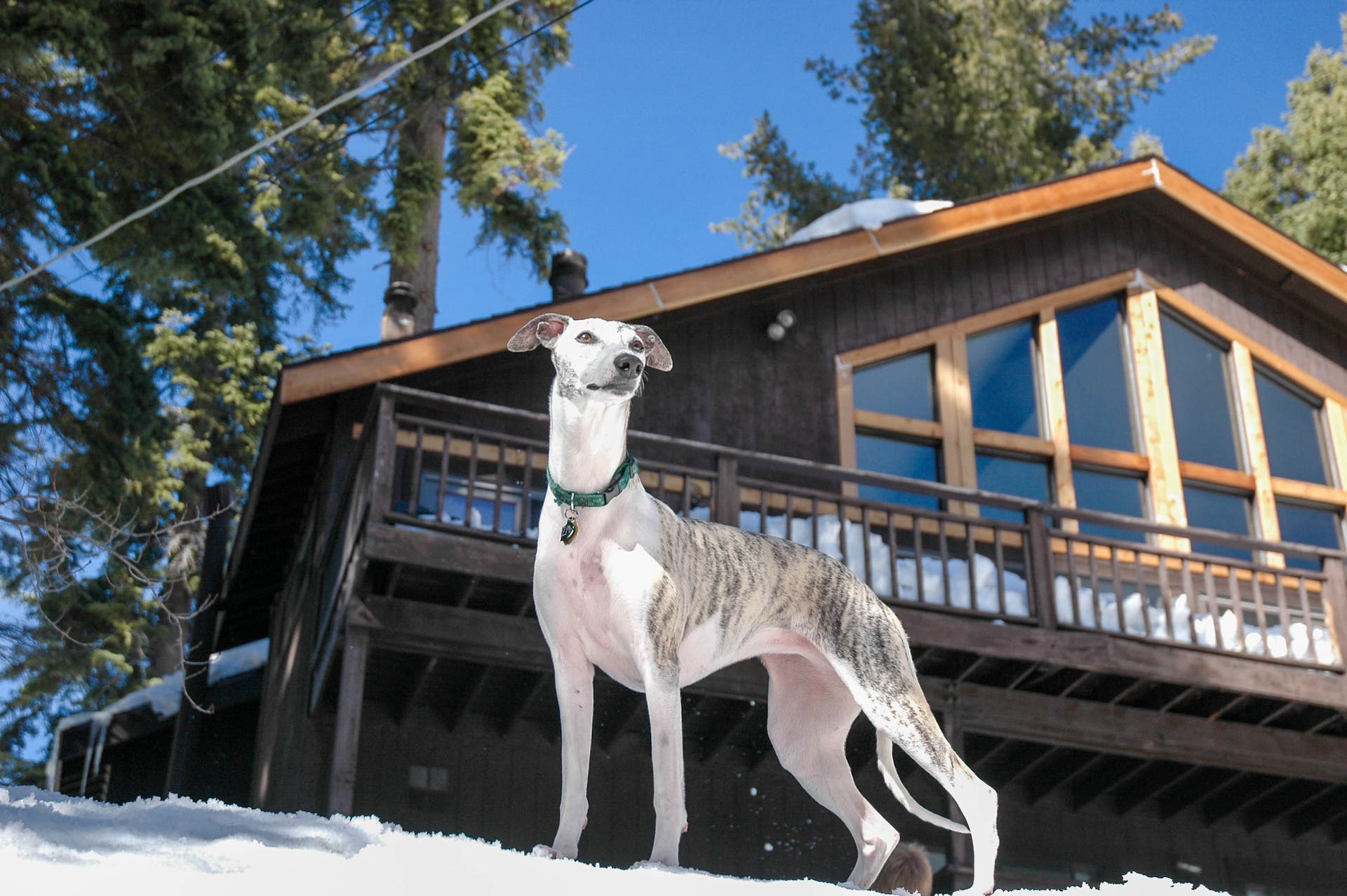
- Plus, despite their lean builds and history on the race track, Greyhounds only need around 30 minutes or so of daily exercise.1 (So like a short morning and evening walk.)
- They also don’t need a ton of grooming as their short coats shed more heavily only around autumn and spring.
- You will, however, need to pay regular attention to their nails, which need regular clipping.
Read more: How To Trim Dog Nails: A Complete Guide
⚠️ Greyhounds tend to be a bit sensitive to stress and anxiety – especially noise anxiety. And with New Year’s round the corner, they might get spooked and even escape from home if you have, say, neighbors bursting fireworks or playing loud music. (Since fear is one of the key reasons why dogs run away.)
In fact, more dogs go missing during “noisy” festivals like the 4th of July than any other day of the year.
Which is where attaching a GPS tracker with unlimited range and real-time tracking to their collar can be a lifesaver. So you can follow their every step, no matter how far they run – and know exactly where to find them.
(Or you could start your sprint training now itself if you’re thinking of chasing down a running Greyhound that clocks in around 40-45 miles per hour. Your choice, really.)
Discover GPS & Health Tracking For Dogs
Dachshunds
The classic low maintenance small dog, Dachshunds are a great choice if you’re living in an apartment. With their friendly temperaments, they’re excellent family dogs and respond quickly if you train and socialize them to other people and pets early on.
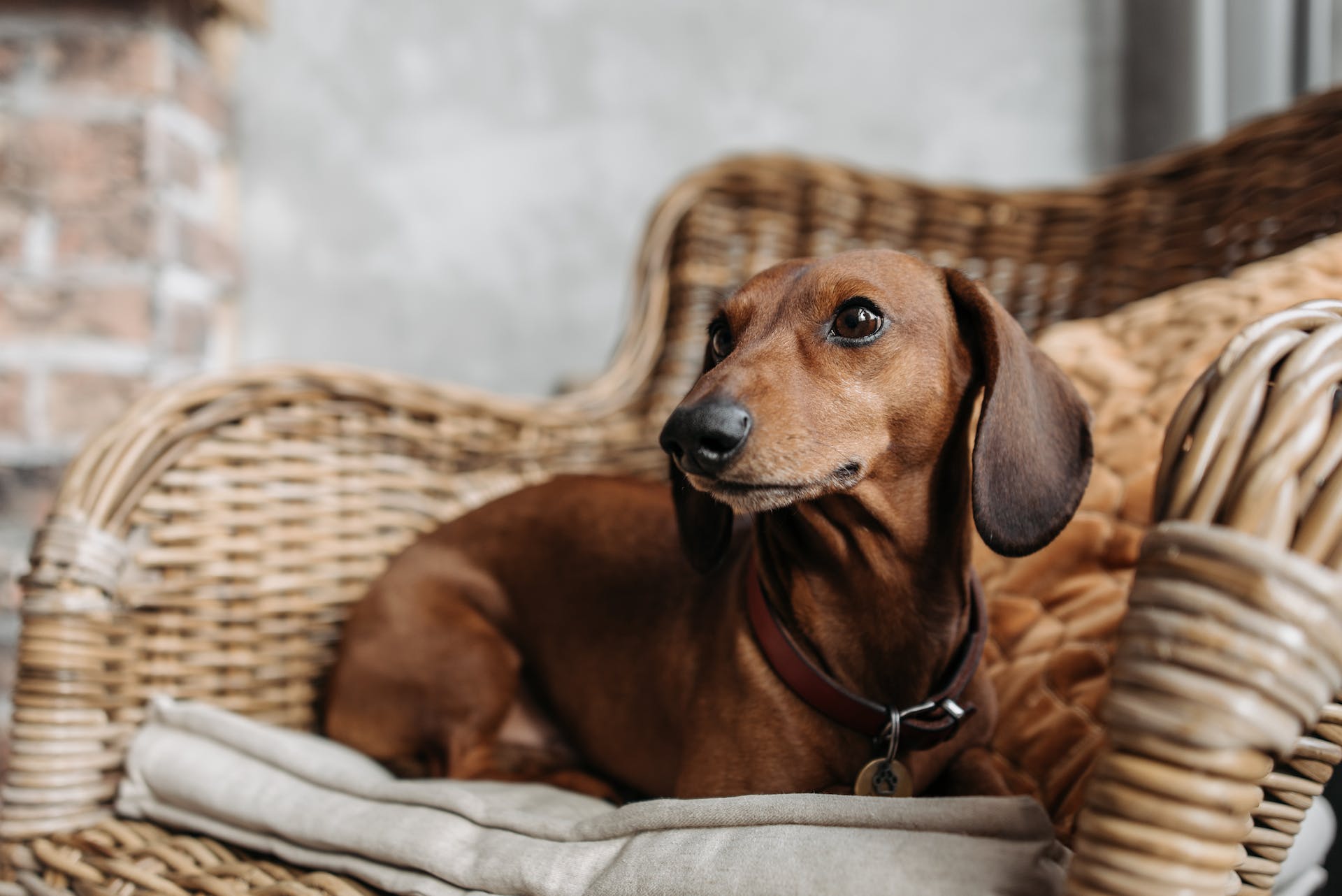
- Dachshunds also tend not to shed much, so you’re good with weekly grooming sessions. Check out our post for 5 easy dog grooming tips you can do at home.
- With their short legs and small builds, they also don’t need a ton of exercise throughout the day. (Though they do enjoy regular playtime!)
- Just keep an eye out for your Dachshund’s food drive.2 They’re extremely motivated by food and might end up accepting a treat from a friend or family member that might make them sick. Or end up sniffing around your Christmas or New Year’s dinner and end up eating something fatally toxic.
Read more: What Can Dogs Not Eat? 15 Foods Poisonous To Dogs
⚠️ Dachshunds are small enough to get stuck in some small, hard to escape spot in your house. (Like an air vent or a wardrobe full of your heavy winter coats.) Where it can be difficult for you to hear them barking for help – or to escape.
So be especially careful if you’re playing an indoor game like hide and seek together in the colder months. Else, here are three quick and easy ways to locate your dog indoors with your trusty Tractive device.
Shiba Inus
Shiba Inus rank so high on the list of chill dog breeds, you can even invite them to join you on a yoga mat. (Sometimes literally.) They’re excellent indoor dogs who quickly adapt to living in an apartment and getting along with a family.3
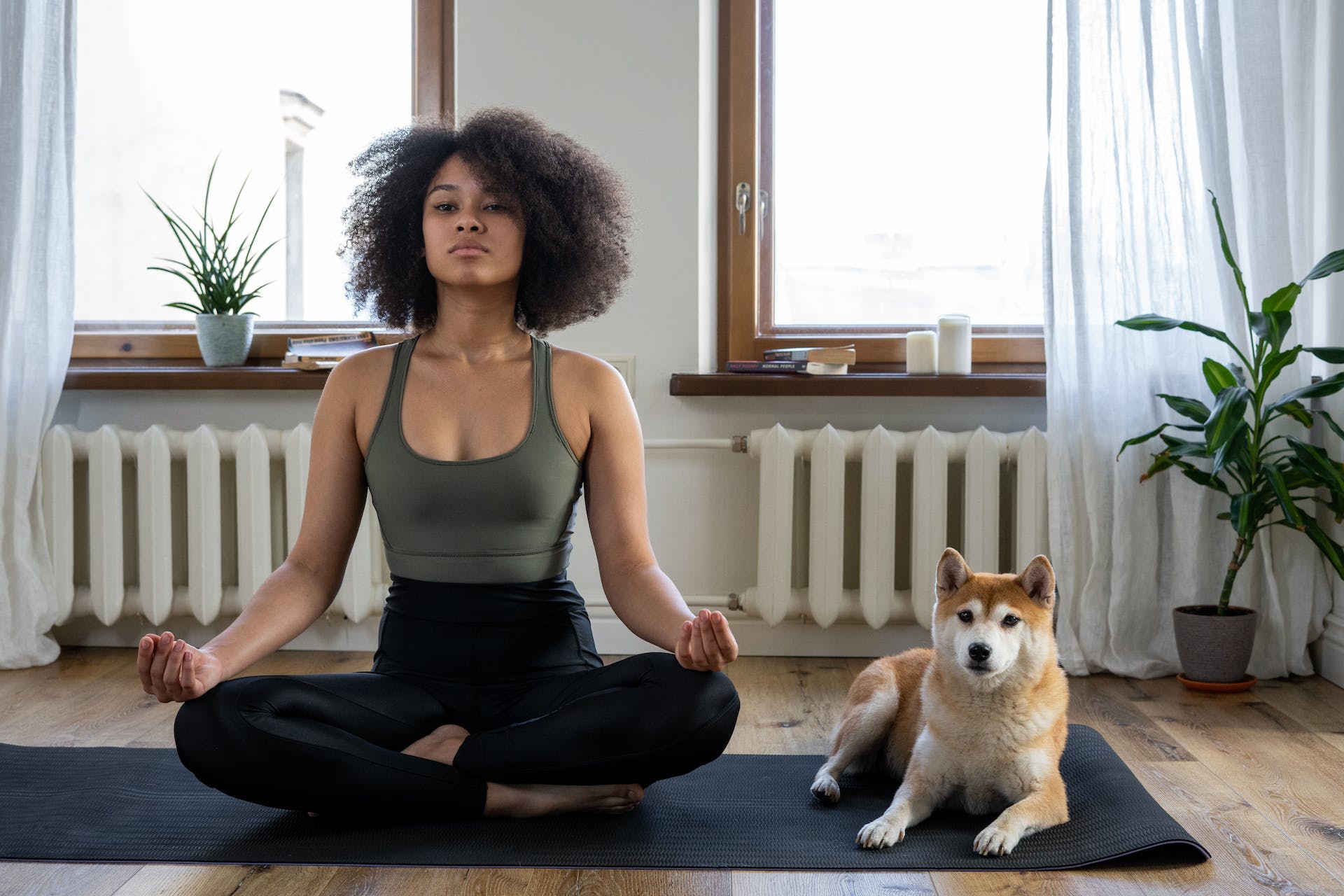
- Vets describe Shibas as “naturally clean” dogs – but they do tend to shed a fair bit. So make sure to brush them at least once a week to get rid of any unwanted fur.
- Your Shiba might only be happiest with other pets as long as they get to maintain something of an “alpha” role. So make sure to socialize them to their other animal housemates early on.
⚠️ Shibas take well to the indoors – but they’re also pretty fond of the outdoors! Make sure to get your Shiba plenty of outdoor walks and playtime too, since they can get bored quite easily without enough mental stimulation.
Which, like Greyhounds, can come out as an escape attempt – whether that’s bolting your backyard fence or dashing through the first open door they can see. And with Shiba Inus clocking in a running speed of 25 miles per hour…well.
Basset Hounds
Basset Hounds are a classic chill dog breed that also tend to live pretty long – over 10 years! They’re friendly and placid by temperament and get along well with families.4 But don’t be fooled by their relaxed appearance: these dogs were once bred for hunting down fast-moving prey animals, including hare.
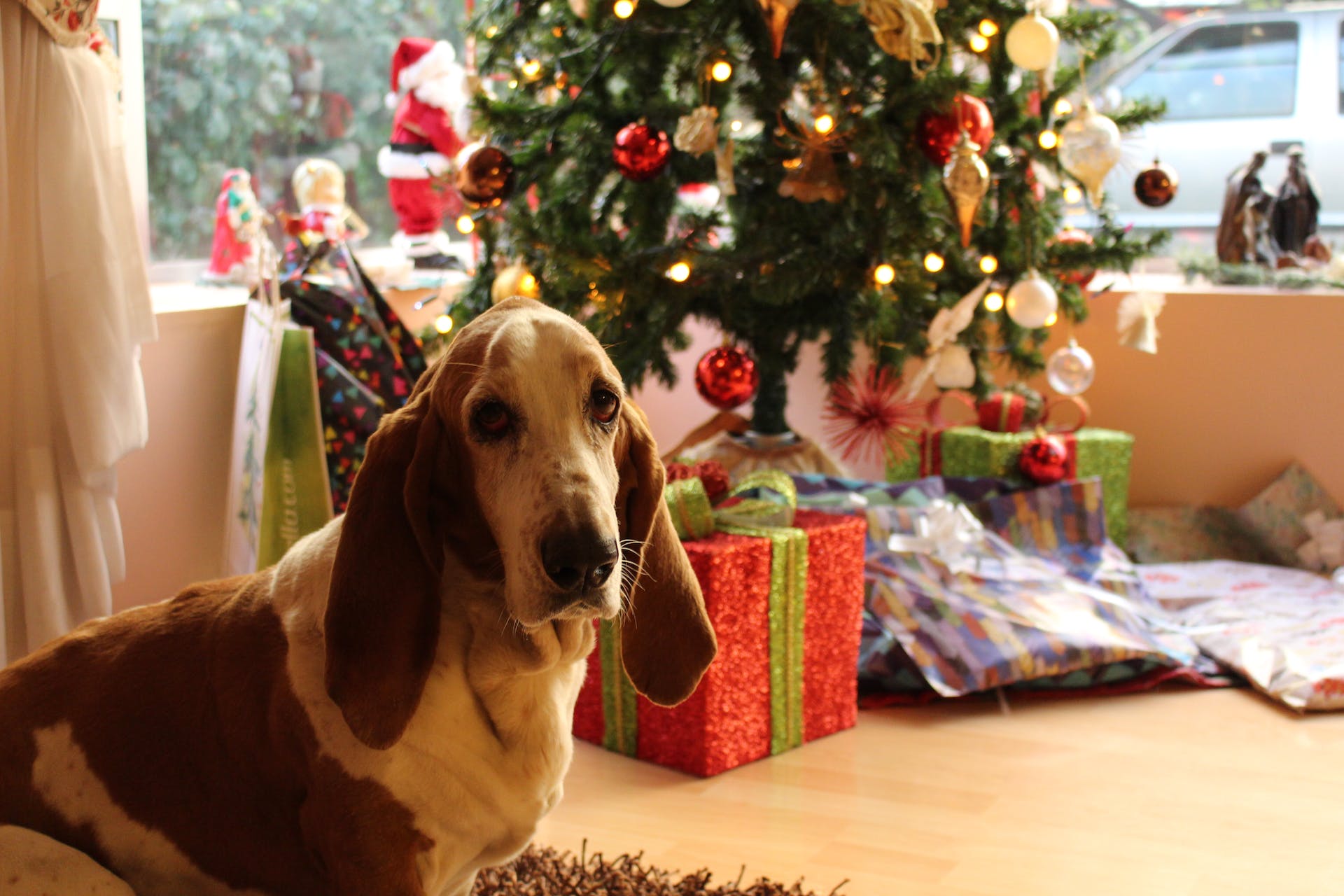
- However, with their long ears and droopy skin, Basset Hounds tend to be at risk for infections. So make sure not to skip any vet appointments to keep them healthy.
- Basset Hounds were originally hunting dogs as well, so they’re used to living in packs. They’re happiest when in company. (Whether that’s people or other pets.)
- These dogs need around an hour of exercise per day. (Since they’re a bit more likely to get overweight with time.)
Besides, Basset Hounds have among the best senses of smell among all dog breeds – with over 220 million nasal receptors.5 So you’ll find it smart to keep them physically and mentally active with a ton of scent games. (Like a scavenger hunt for their favorite toys!)
⚠️ Watch out: your Basset Hound’s sense of smell might get them lost in the cold winter months. (Because snow can mess with dogs’ sense of smell and make it difficult for them to sniff their way back home.)
So make sure to keep them on a leash when walking outdoors. Or set up a “safe zone” with Tractive’s Virtual Fence – and get an immediate alert on your phone if your dog’s snuck past it.
Whippets
Much like their cousins, the Greyhound, Whippets are a breed of medium-sized dogs that make perfect cuddle buddies. Friendly and sociable, they’re also known to be quite a resilient by temperament.6 (Which means they can handle stress a lot better than their bigger cousins.)
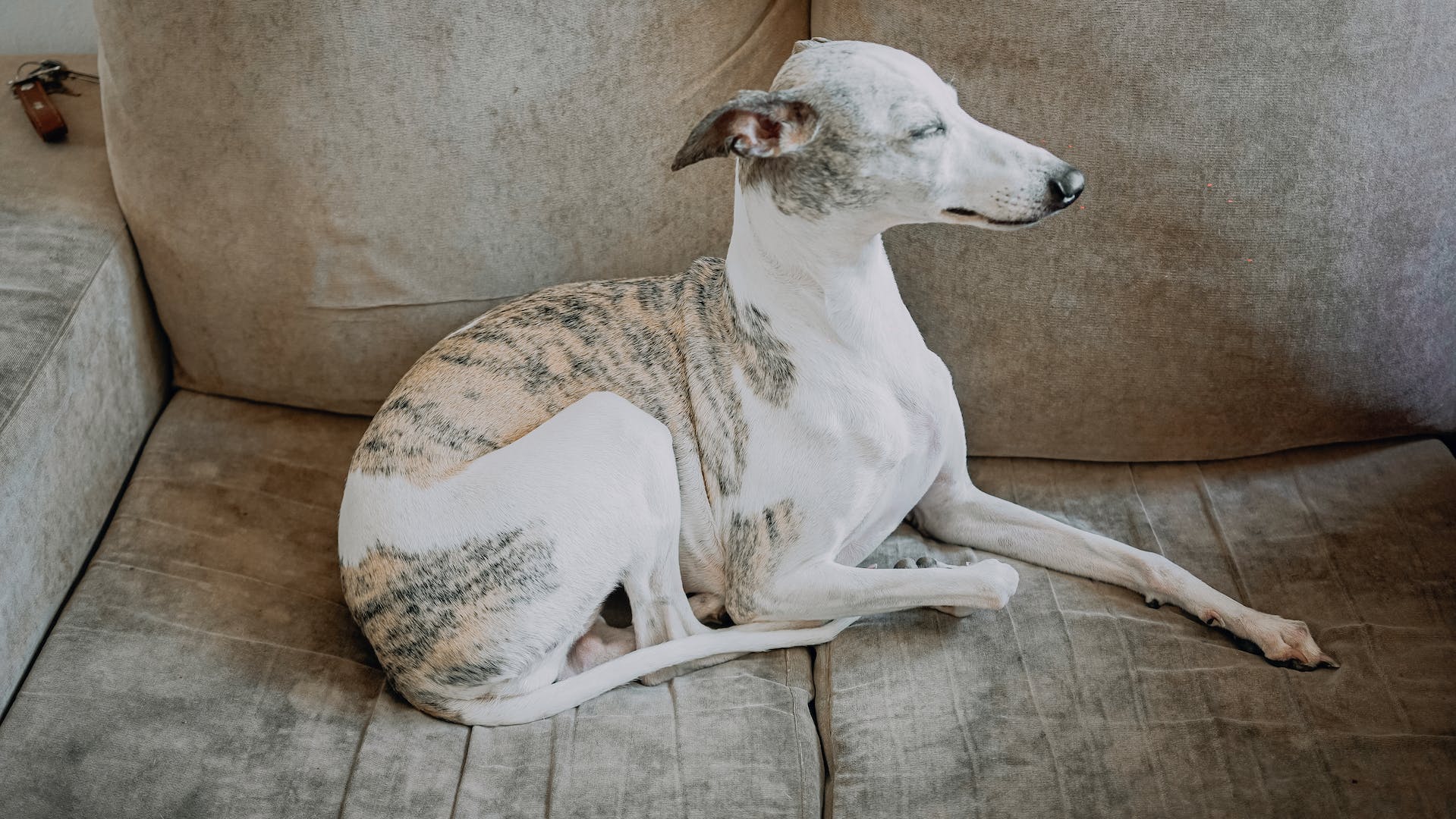
- Whippets take well to apartments – but they do need some outdoor time too. (To ensure they’re getting enough exercise.)
- They’re generally great family dogs, able to get along well with children and elderly folks.
- Whippets don’t need a ton of grooming, since their short coats are easy to care for.
Whippets, do however, have a strong prey drive. They were historically bred to chase down smaller woodland animals – which, in an apartment, might just end up being your cat or a smaller dog.
Which is why it’s a good idea to keep your Whippet firmly on a leash when out walking outdoors. But the minute they bolt off into the distance, chasing down a bird or a squirrel…
Newfoundlands
Who says low maintenance dogs need to be teeny tiny? Newfoundlands are the perfect big, friendly, chill dog breed you need for both indoor and outdoor fun.
Originally bred as working dogs, they’re large, strong dogs that also tend to be quite calm temperament-wise. Importantly, Newfies tend to be aware of their big size. (So they’ll be quite careful around kids, smaller pets, and your older relatives.)
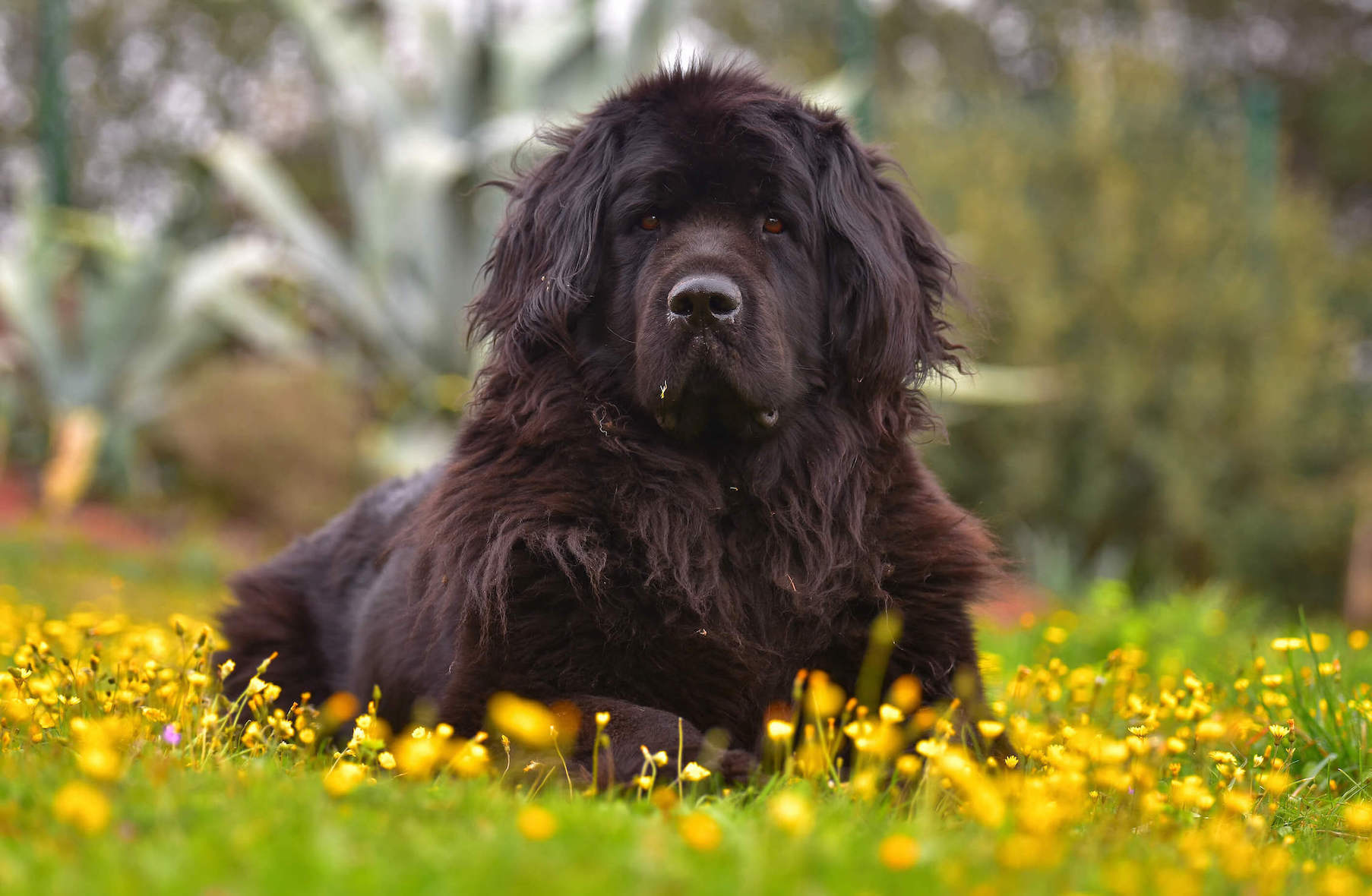
- Newfoundlands do, however, need a bit extra attention when it comes to grooming. Their thick, water-resistant double coats need regular brushing at least weekly. (To prevent matting or tangling.)7
- Newfies might seem like a low-energy dog breed, but they’re excellent swimmers. So besides regular walks, try and get them to a nearby lake, pond, or river from time to time.
💡Because of their love of water, Newfoundlands are often trained as water rescue dogs. Actually giving them something in common with the Tractive GPS, which Search and Rescue (SAR) teams often use during water rescues.
(Worried your Newfie might damage their Tractive device splashing around in a lake? No stress. Tractive GPS trackers are 100% waterproof and built with extra love for large, chill dog breeds.)
Miniature Pinschers
Here’s a low maintenance small dog that’ll keep you on your toes: Miniature Pinschers! With their small size, they adapt excellently to apartments. However, with their high energy needs, your Min Pin needs a ton of exercise (and attention) to stay happy and healthy.
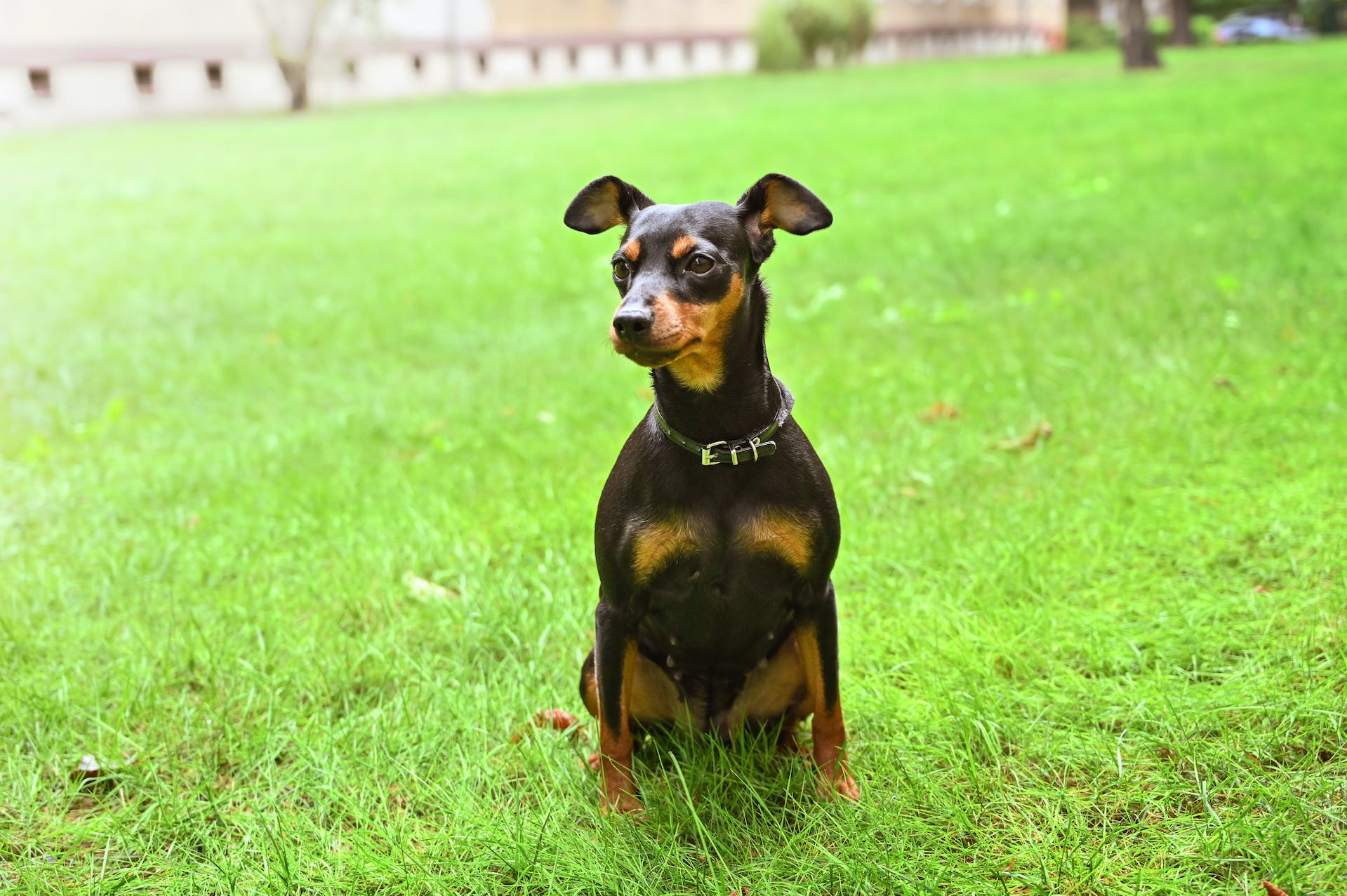
- Much like their bigger cousins, the Doberman Pinscher, Min Pins are alert and protective by temperament. So they do have a tendency to bark at the smell of an intruder (like a delivery person) and take a little time to warm up to strangers.
- Your Min Pin’s coat doesn’t shed much – so they’re easy to keep well-groomed.
- Min Pins get along well with other pets and people if socialized early. But much like Whippets, they do have a strong prey drive that might lead them to chase smaller animals, like cats.
⚠️ Prey drive and hunting instincts are key reasons why dogs run away. And with their small size, your Min Pin might be at risk of getting injured by a passing vehicle or a bigger animal if they escape outdoors. Besides, they’re also likely to run away due to boredom – or just to burn off some extra energy.
Which makes regular exercise a priority for Miniature Pinschers. (Because a tired dog is less likely to escape.) But on days you can’t get much of a workout in…
Papillons
An elegant little dog that also manages to be one of the chill dog breeds, Papillons are a great choice for first-time dog parents. Much like Basset Hounds, they also tend to be long-lived – up to 12-16 years. In fact, little Papillons were once bred as companion animals for European noblewomen!9
(And you guessed it right, their name draws from their unique, butterfly-shaped ears. Their droopy-eared cousins are called Phalenes – French for “moth” – instead.)
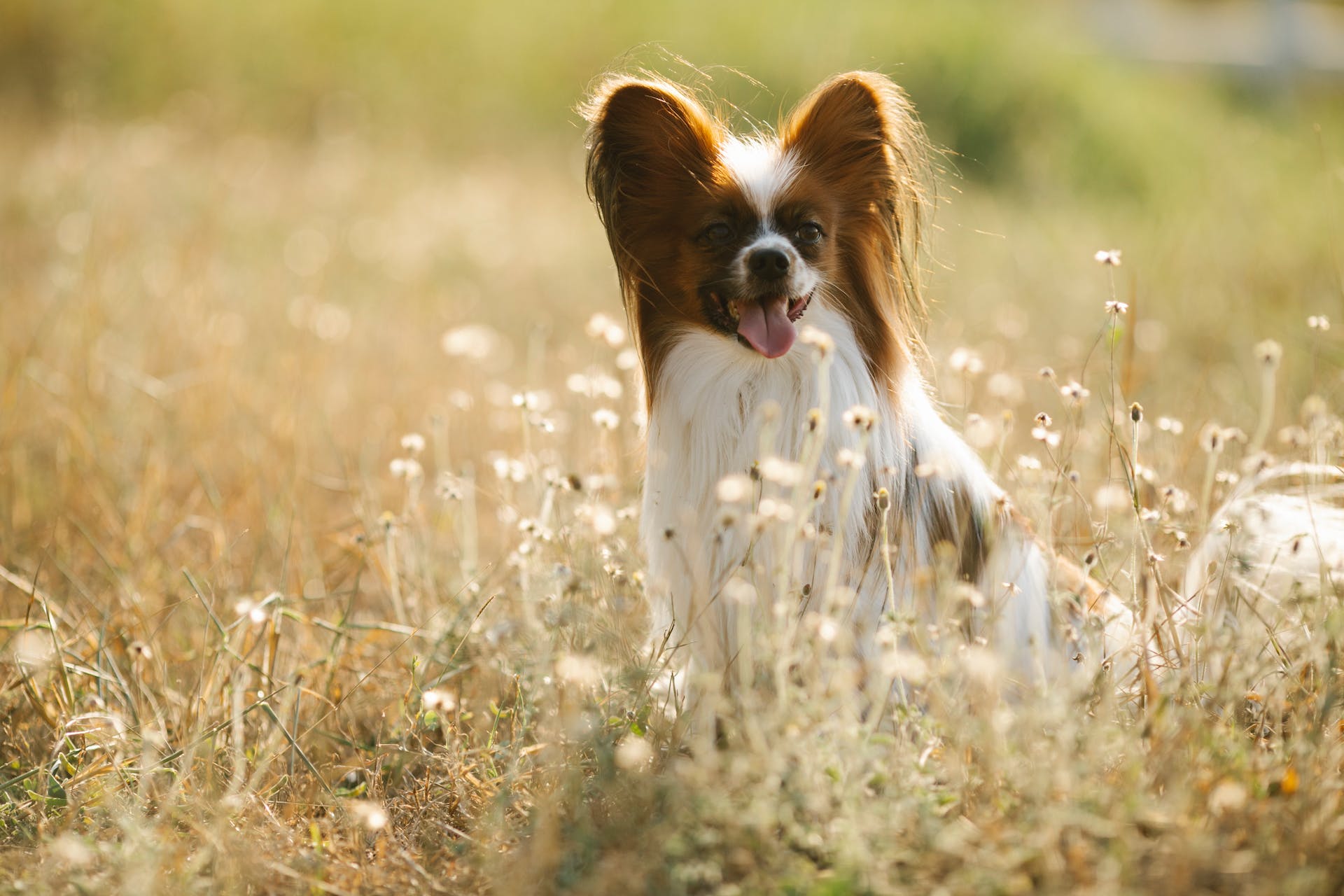
- Papillons might look “sheddy” – but their silky, single-layer coats don’t tend to shed much! So you can stick to a simple grooming plan of just a couple of times per week.
- Papillon nails tend to grow quickly, so make sure to trim them every two weeks or so.
- Your Papillon’s ears have a lot of fur around them, so pay extra attention for any debris or wax. (Which can help reduce an ear infection.)
💡Papillons are intelligent, highly-trainable, and eager to please. So keep them occupied with a fun, practical training method like clicker training. (Which is built on positive reinforcement – and can help deepen your bond.)
Yorkies
Friendly, affectionate, and even a little bossy – Yorkshire Terriers are another excellent family dog. Much like Min Pins, they’re as feisty as they’re tiny and need a ton of room to run around and play. (Whether indoors or outdoors.) Yorkies take well to living in apartments, but they do need a ton of mental stimulation to prevent them from getting bored.
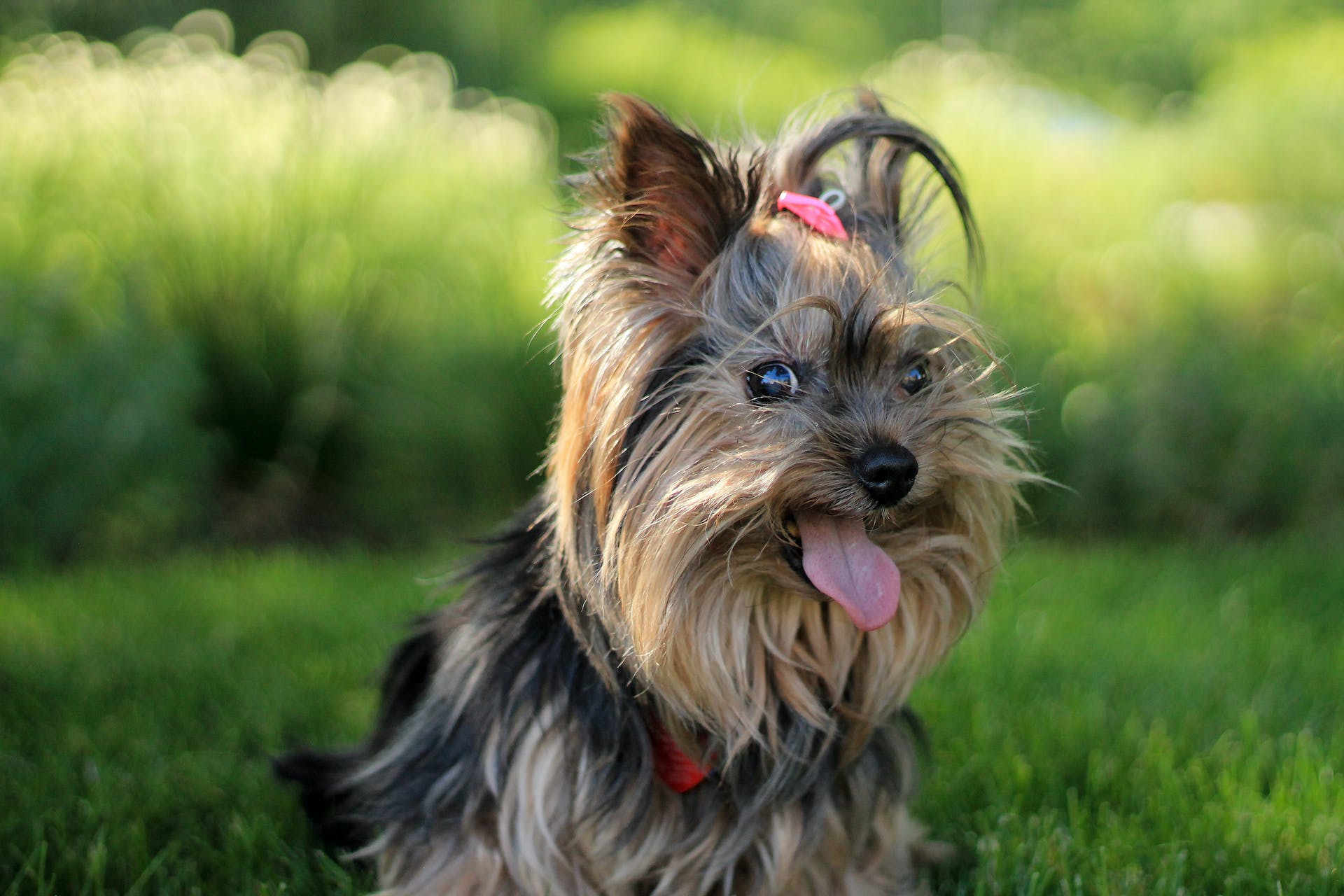
- Yorkies tend to be affectionate with friends and foes (or, well, your neighbors or delivery folks) alike. They’re exceptionally well-behaved if you’ve got smaller kids at home.
- With their protective instincts, Yorkies might tend to bark if they sense an “intruder” outdoors. But they do respond well to training them to stay quiet. (Which can help if you’re living in an apartment.)
- Yorkies’ have long, silky coats that need a ton of grooming. But if you’re a busy dog parent, you could keep it simple by giving them a shorter “puppy” cut. (Which only needs a weekly brush to prevent tangling.)10
⚠️With their elegant coats and small size, Yorkies are sadly a prime target for pet thieves. And the worst part? Dogs are more vulnerable to being…well, dognapped during the holiday season. (When most folks aren’t home.)
Read more: Dognapping: Pet Kidnapping And How To Keep Your Dog Safe From Dog Thieves
So make sure to stay informed on what steps you can take to prevent your Yorkie from getting stolen. (Like tracking their movements in real-time.)
Protect Your Dog With Tractive
Dalmatians
And wrapping up: here’s Dalmatians – another low maintenance dog breed that’s great for first-time dog parents. They’re generally easy to train, love being around kids, and love a balance of indoors and outdoors time.11
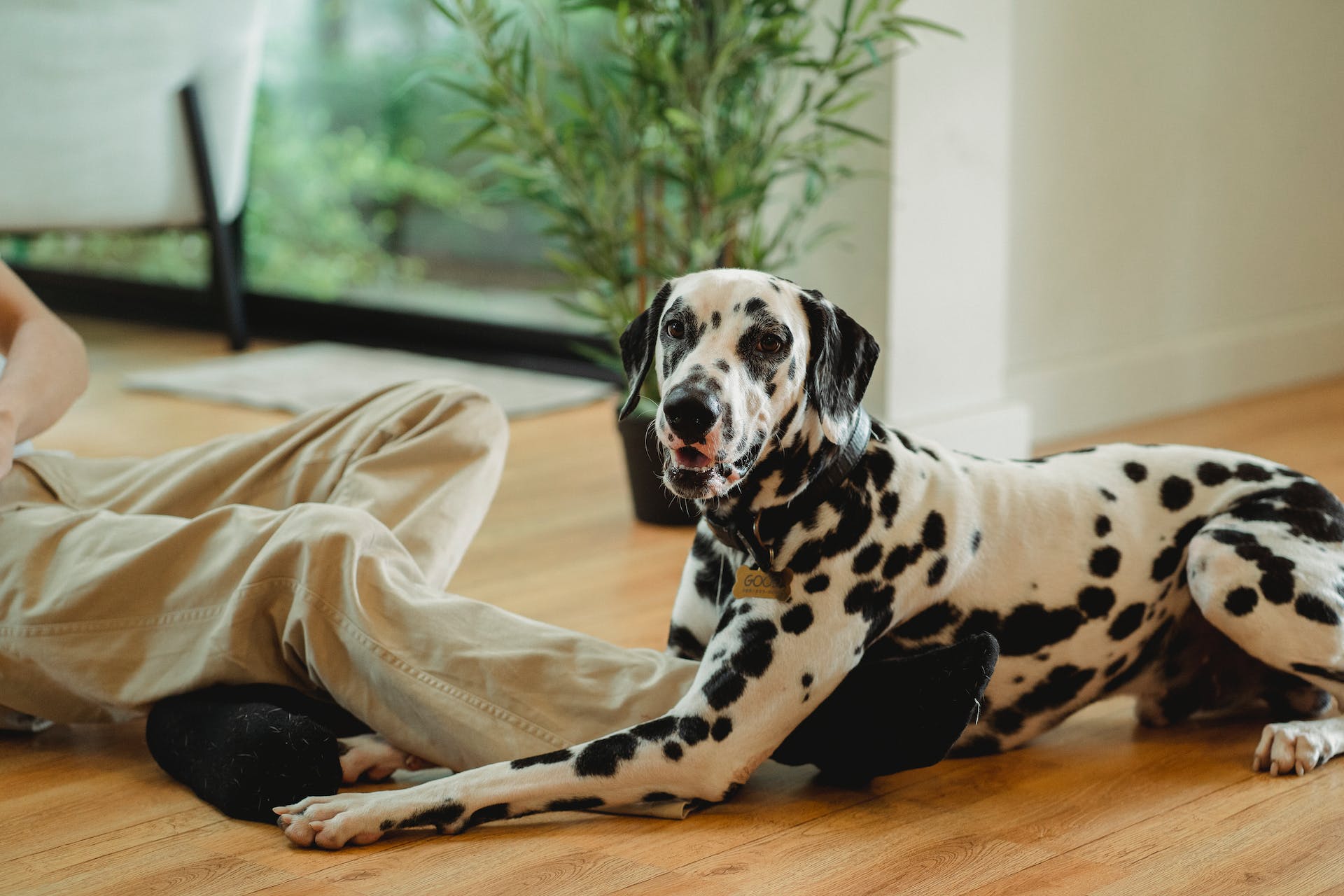
- Dalmatians need regular exercise to stay happy and healthy – else the lack of physical and mental stimulation might cause them to get bored. (And destructive as a result.)
- When properly socialized, Dalmatians are friendly dogs and can get along with other pets and animals quite well.
- These spotted dogs also tend to shed quite a bit. So you’re best off brushing them around 3-4 times a week.
- Dalmatians are also vulnerable to separation anxiety – another key reason why dogs run away.
Read more: Separation Anxiety In Dogs
💡Dalmatians love spending time outdoors. They do best in homes with a backyard, an outdoor doghouse – and secure fencing.
But let’s admit it: physical fences are difficult to set up. (And expensive.) Which makes a Virtual Fence a smarter, more affordable alternative. Aka, one where your Dalmatian’s Tractive device alerts you if they’re trying to sneak into a “no go zone” – where they might get lost or injured.
Keeping your low maintenance dogs safe: What to watch out for
Even the most chill dog breeds need a ton of love and pampering. Because even if they might adapt easily to an apartment or a family, they might still need a little extra care and attention here and there. So keep an eye out for:
- Noise anxiety, which low maintenance dogs like Greyhounds tend to have. Fear might cause dogs to run away during “noisy” festivals like New Year’s or the 4th of July.
- Getting stuck in a weird spot indoors. Low maintenance small dogs like Dachshunds and Papillons might get squished into a hard to escape spot in your home.
- A love for the outdoors, which dogs like Shiba Inus, Newfoundlands, and Dalmatians have in spades.
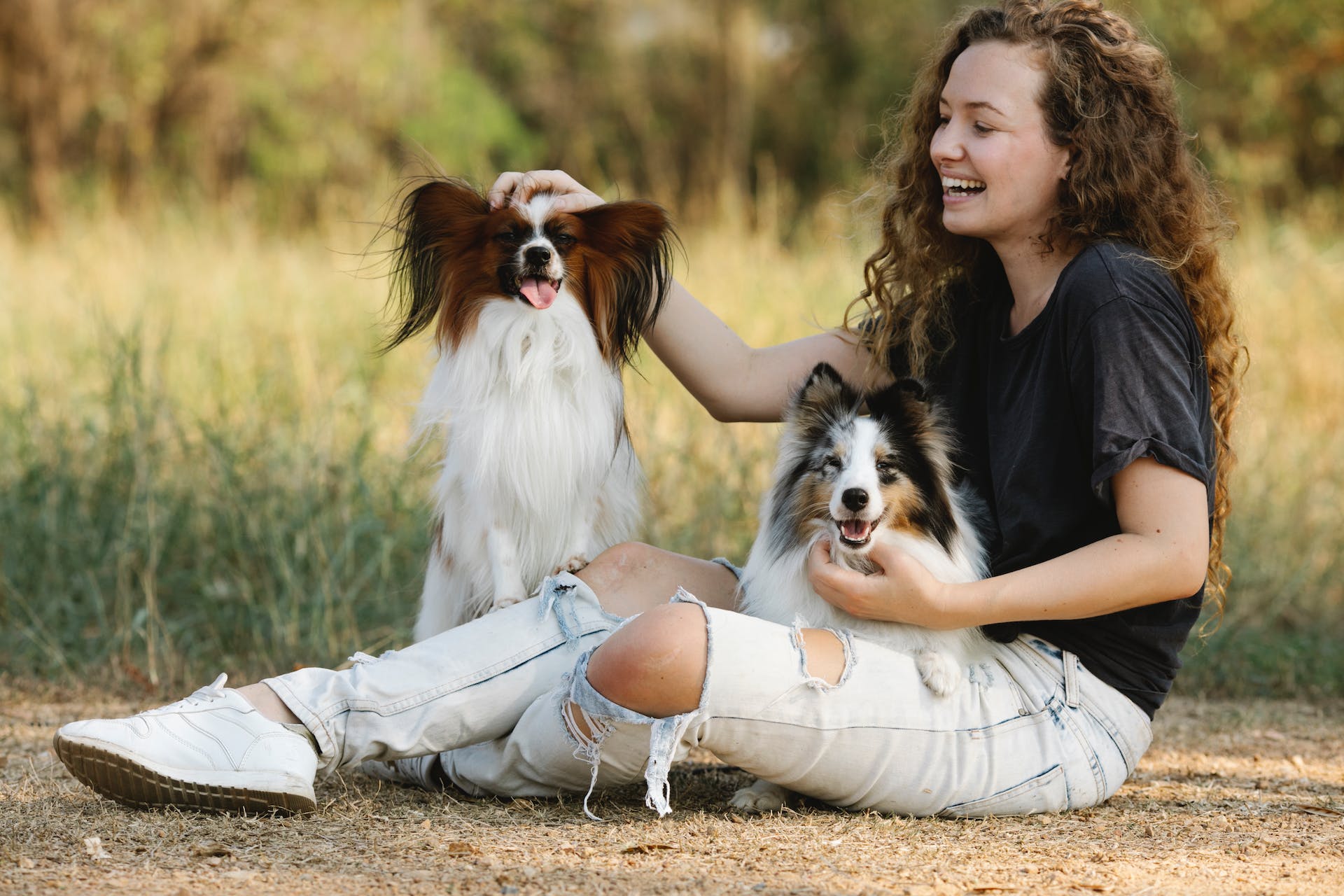
- A tendency to “sniff around”, which you’ll see in dogs like Basset Hounds. (Who might end up wandering away a bit too far if especially motivated.)
- Prey drive and high energy needs, which “chill” dog breeds like Whippets and Miniature Pinschers can have.
- A higher likelihood of being dognapped. Which you might find among long-coated, small-sized dog breeds like Yorkies.
With all these safety risks in mind, here’s what we’d recommend getting your dog – no matter how chill, low maintenance, or unlikely to wander away you think they are:
A microchip
Microchips are a tiny electronic device around the size of a grain of rice. A vet can implant one into your dog’s shoulder blades in under 10 minutes. And how do they work? Simple: microchips are like a permanent ID tag for your dog.
Now if they ever get lost and picked up by a helpful stranger, a vet or animal shelter can scan their microchip, contact you, and return your lost dog.
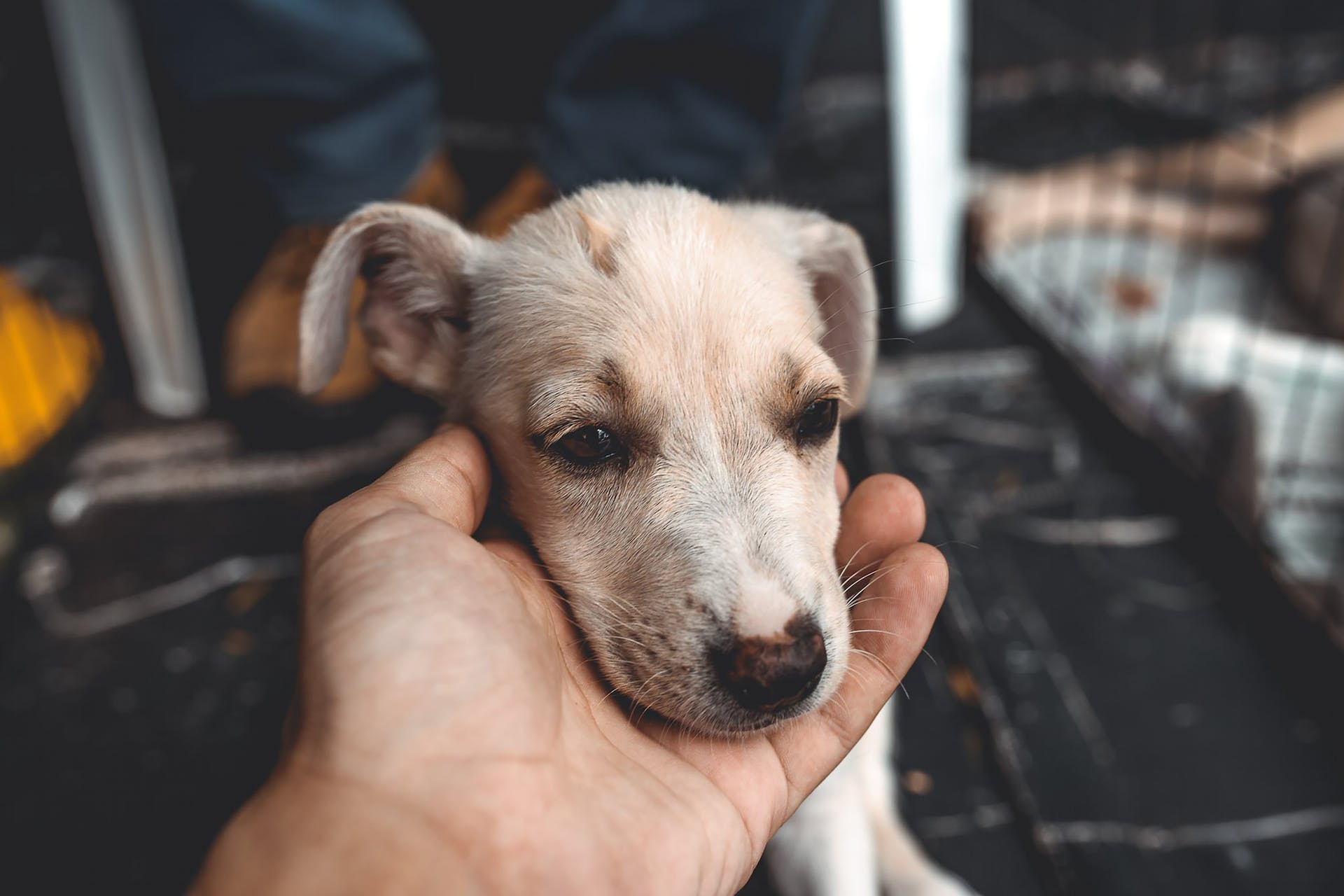
(Way more reliable than a collar tag that might fall off, get damaged, or lost somehow. But of course, a dog ID tag is also a good idea for some extra security.)
Besides, some US states and many countries around the world legally require all dog parents to get their buddies microchipped. So make sure to check your local laws – or if you’re traveling elsewhere for vacation.
A GPS tracker
You might think your low maintenance dog is too much of a fan of the indoors to run off on a walk. Until you take them out for a walk and they:
- Run off after a woodland animal – into a forested area
- Run off to investigate some sight, sound, or smell – and end up running into a moose or a bear
- Run off because they got spooked by another dog, person, loud sound, or passing car
- Run off because they smelled a female in heat nearby
- Run off because they still have a ton of energy to burn
- …run off, in general
Besides, sick or injured dogs might also tend to hide away because of their evolutionary instincts. (Because a sick or injured wild dog or wolf would be easy prey otherwise.) Which could mean a secure, cozy spot under your bed at home…or miles away from safety.
And regardless of whether you’ve got an active or a chill dog breed, every dog can fall prey to their own instincts. (Whether that’s hunting, mating, or investigating.) Which might override even years of training.
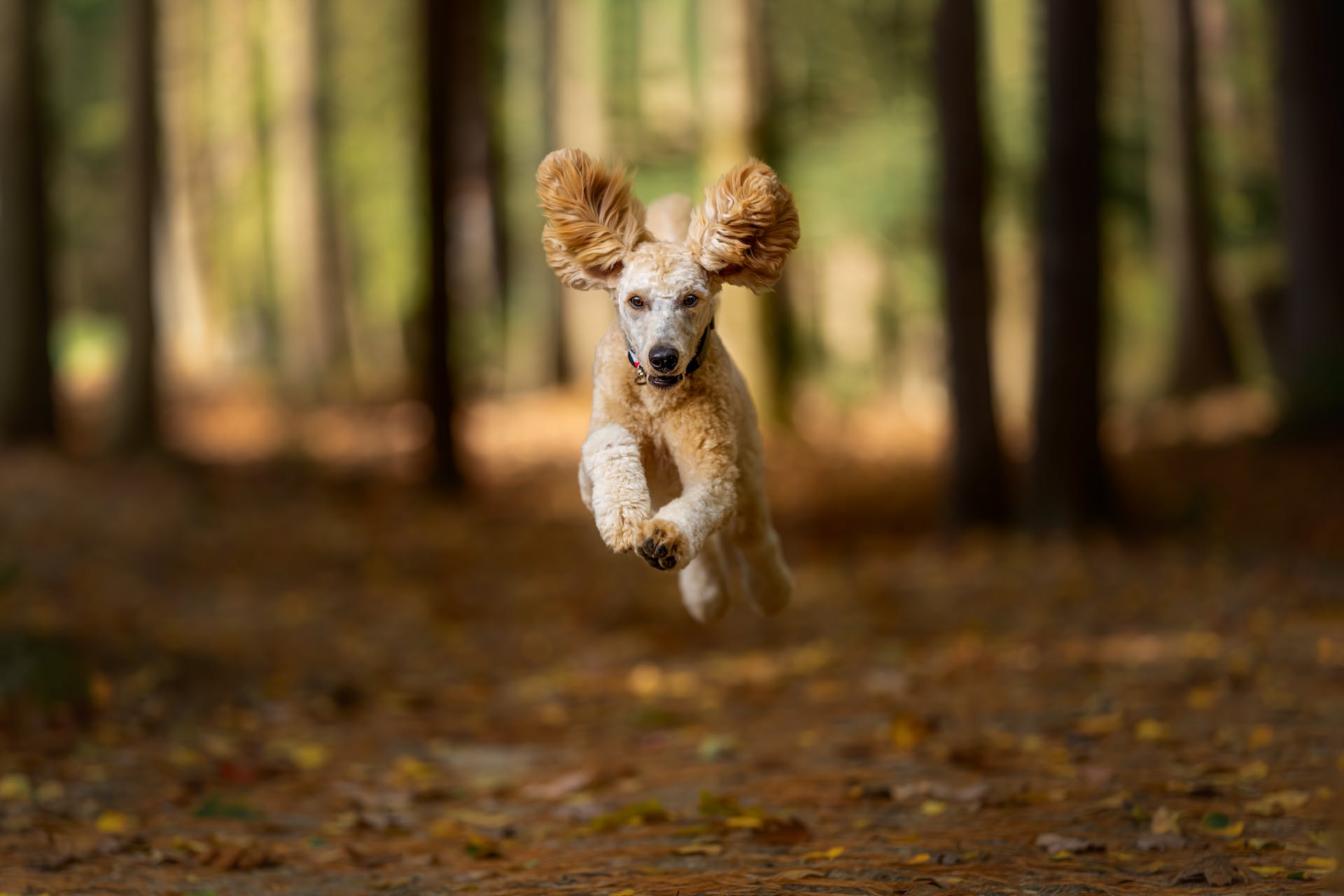
But if you’re tracking your dog’s movements in real-time, it can make all the difference between finding them safely – or potentially never seeing them again. (Or finding them with some nasty injuries from picking a fight with the wrong pet, person, plant, or predator.)
So with a GPS tracker clipped to their collar, you can follow your dog’s every step – and never experience the pain, fear, frustration, or anguish of losing them ever again.
Like these happy Tractive pet parents have experienced firsthand:
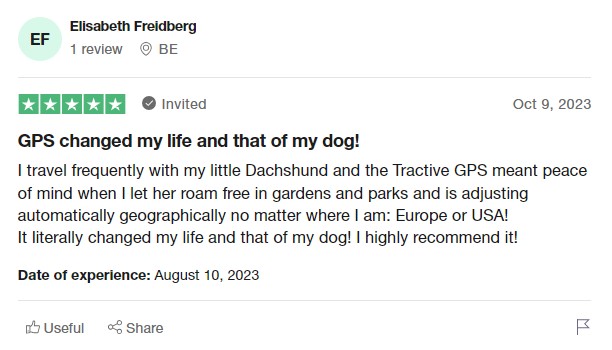
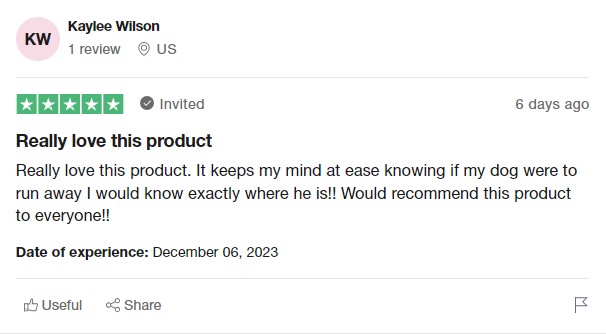
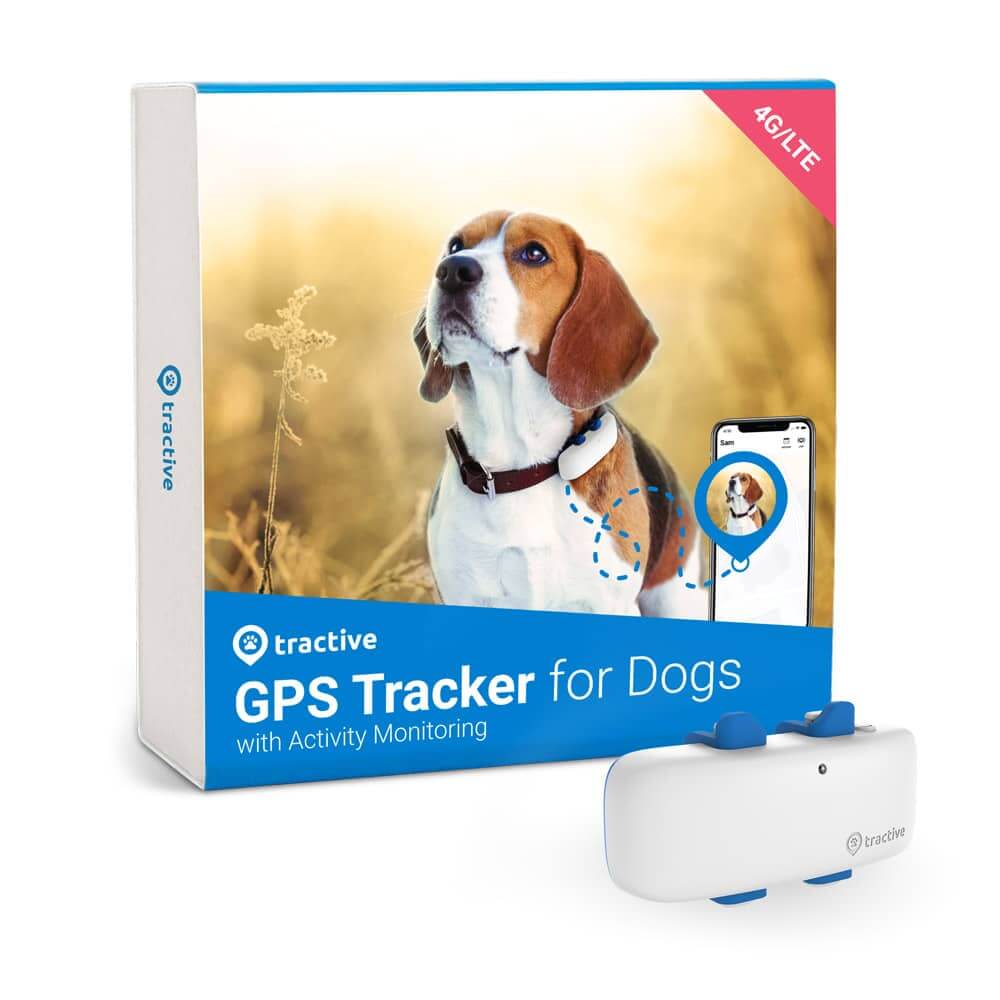
Always know where your dog is
Follow every step in real-time with unlimited range. Get alerts if they wander too far. Keep them happy & healthy with Wellness Monitoring. And let others – like walkers or sitters – keep an eye on your dog too.
Still curious about other chill dog breeds? Here are a couple of other low maintenance dogs – perfect for busy pet parents:
And if you’ve found this post helpful, share it with a fellow dog parent – and let’s help create a safer, kinder world for our furry friends, together.
